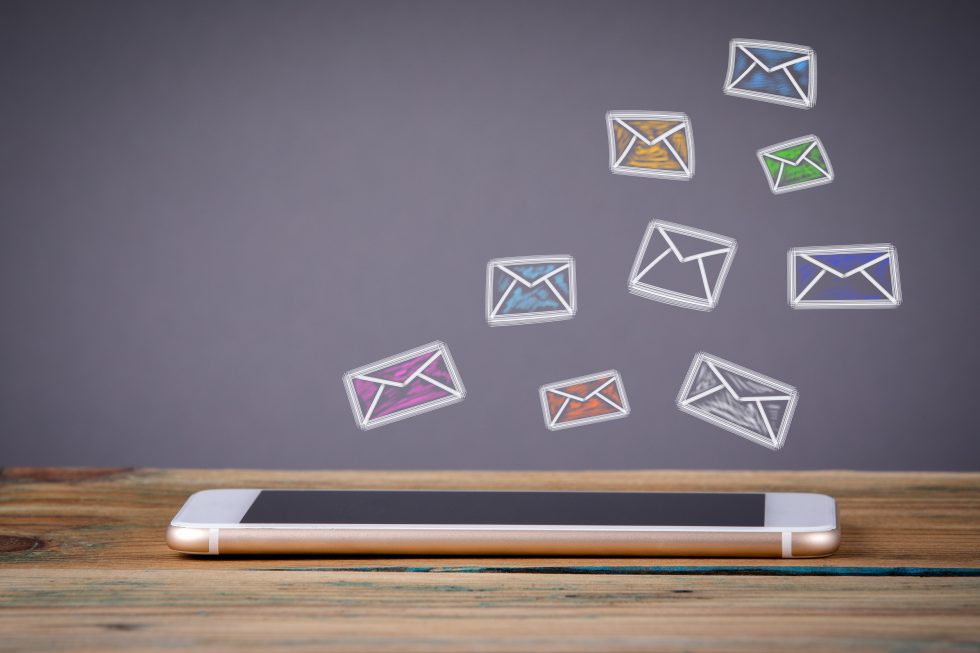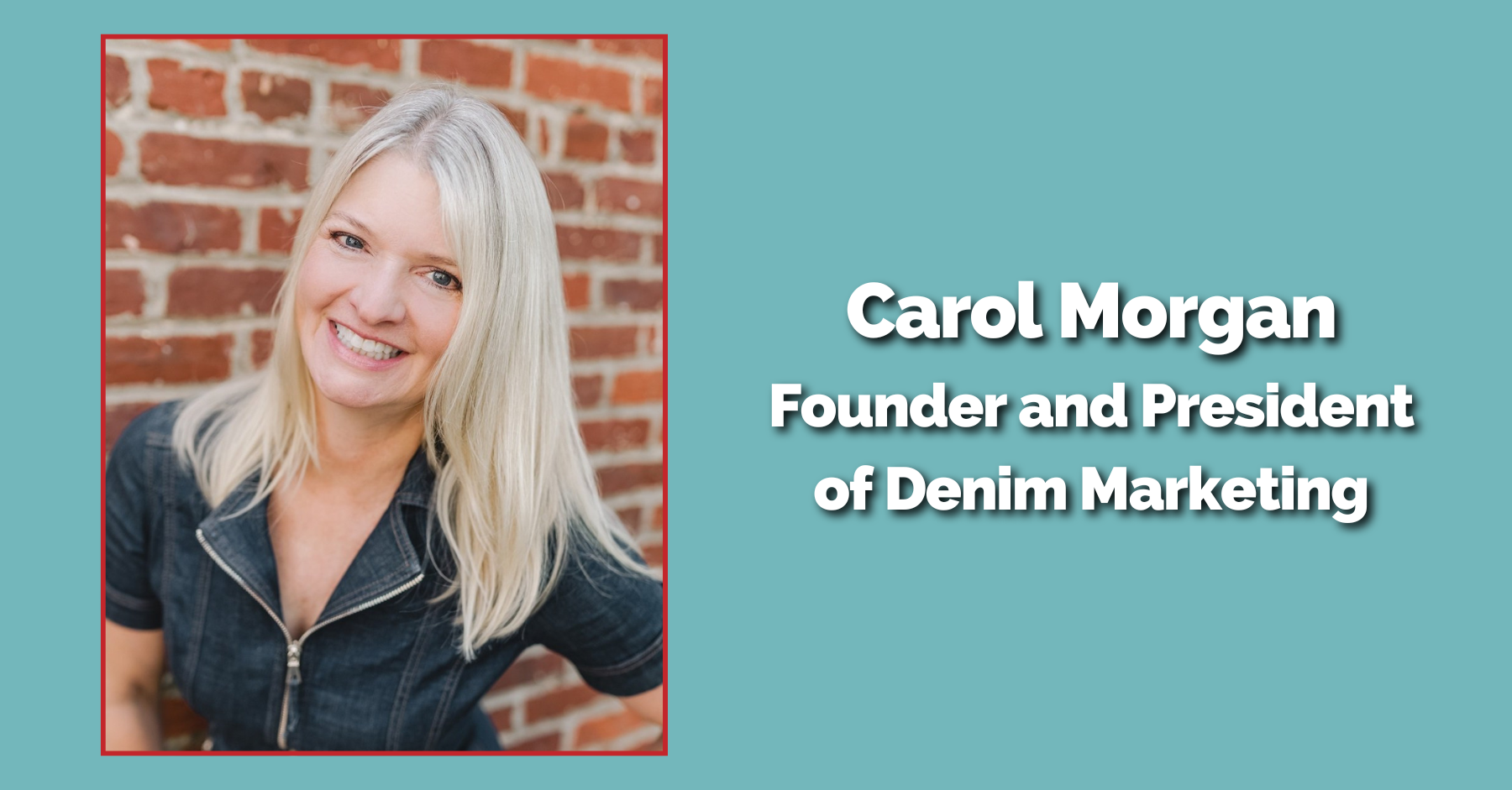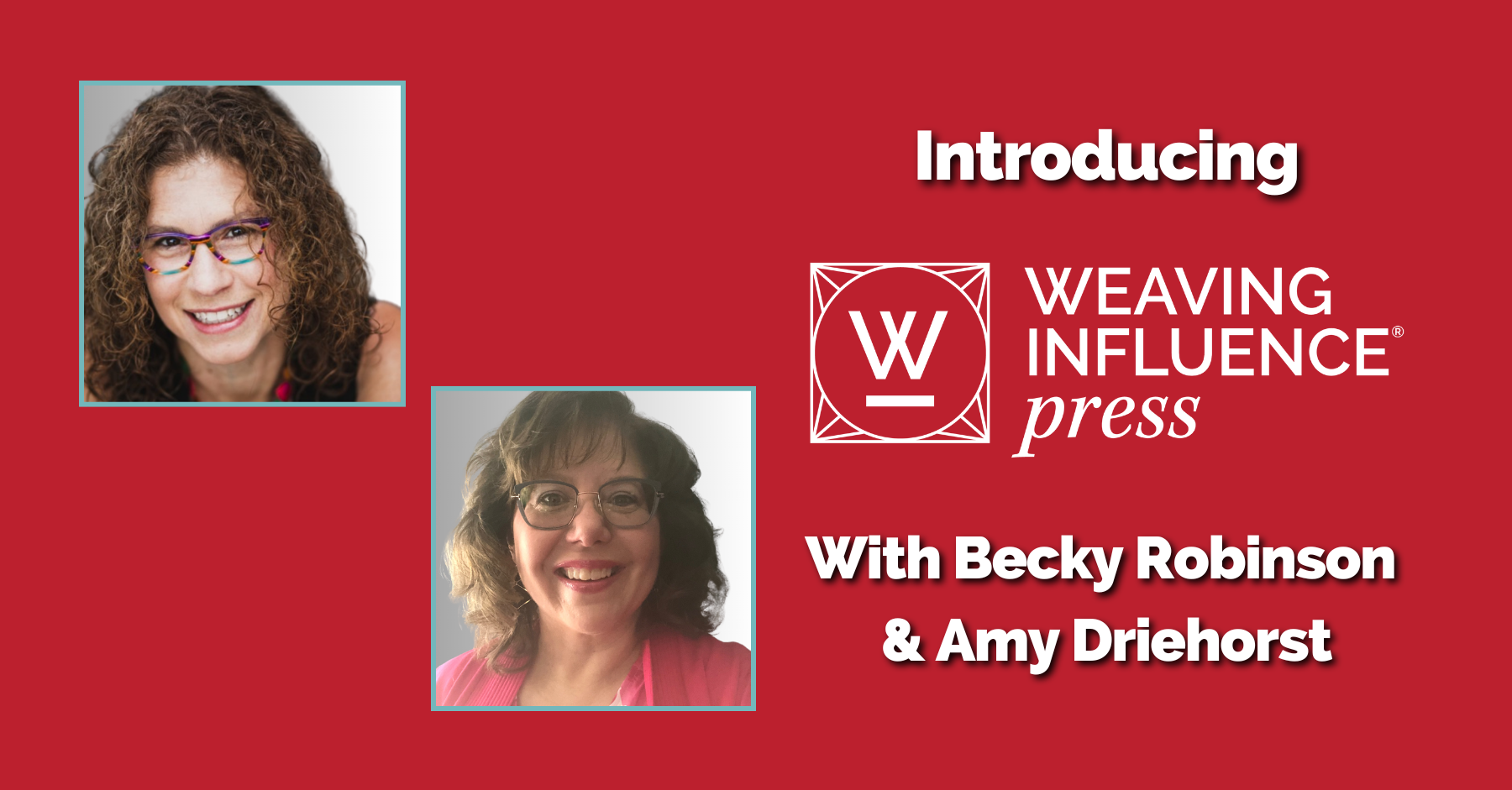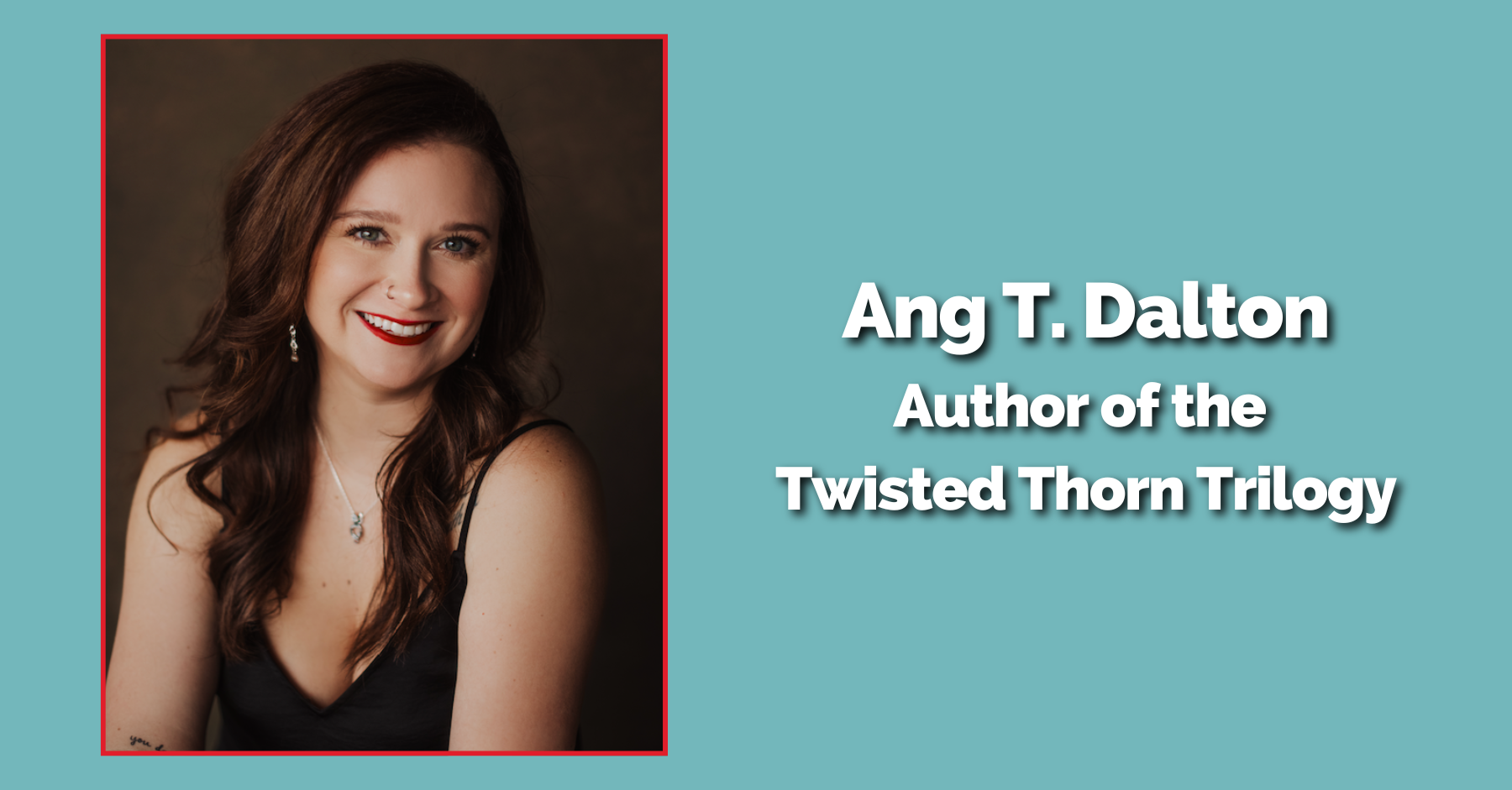Why You Need to Prioritize Email Marketing
Open up your inbox, and you’ll probably find at least one if not several, newsletters. They come at us fast and furious. From thought leaders to food bloggers, it seems like everyone has a newsletter.
But why, with so many other content-sharing outlets, do we choose to create, sign up for, and engage with emails?
Read on to learn more about why email marketing is impactful and how you can create a productive email marketing strategy.
Why Email Still Works
You may have heard that “email is dead,” but the reality is far from that. Email is still a primary driver for sales and an impactful marketing initiative. There are currently 4.2 billion email subscribers, and this number continues to increase, year-after-year.
Why does email remain so popular?
Email provides a unique opportunity to authentically connect with your audience while remaining true to your brand. While social media tends to focus on a brand’s promotional aspects, emails allow for more personal elements where many brands feel comfortable sharing what they wouldn’t in other online spaces.
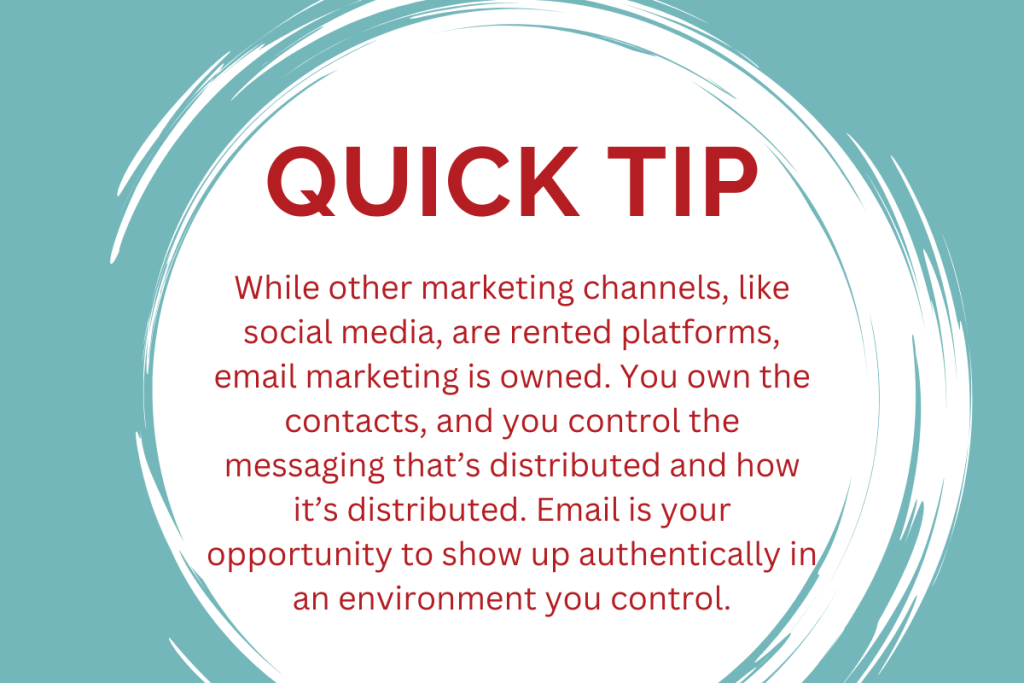
One primary value of email marketing is that people opt-in to receive your brand’s messaging. Your audience wants this information. Mapping out the customer journey and using personalized content are considered the most effective ways to optimize marketing automation. With direct, conversational emails to “Betsy,” you can establish long-term loyalty and nurture leads in a way that cannot be done elsewhere.
Authenticity over sales adds value to the relationship you’re establishing with your audience, and that’s important.
Getting Started with Email
Like almost anything, there is a lot of advice on how to get started with email marketing.
First and foremost: You need a permission-based email list. This means people have expressly agreed to allow you to send them marketing messages via email. This not only keeps you legally compliant (see more on the CAN-SPAM Act later in this article), but it’s also important for the success of your efforts.
To build up this list:
- If you have a list of personal contacts or business connections, you can send a personal email with a link to opt-in to the list. This will ensure they are agreeing to receive marketing messages from you.
- Form-gate your free resources on your website, like ebooks, to encourage people to sign up for your list in order to receive the content in return.
- Include a QR code to opt-in on any slides you use at presentations or conferences to encourage attendees to sign up.
As a note, you will never want to purchase a list. Most email marketing services will not allow you to upload a purchased list.
You’ll then want to take the time to complete the below steps to set your email marketing up for success:
- Step 1: Identify your goals. What are you hoping to accomplish with your newsletter? Don’t send a newsletter just to send a newsletter.
- Step 2: Choose your send cadence. How often are you able to commit to sending a newsletter? We recommend ensuring you set a cadence that is realistic so you show up reliably for your audience. At least monthly is ideal, though.
- Step 3: Map out your topics. What are you sharing with your audience? What content already exists that you can repurpose, and what new content will you create to continue adding value? Be authentic in what you’re sharing. As Chris Brogan, author and marketing consultant, notes: “I put my BEST content in my newsletter.” Give your subscribers the best value you can.
- Step 4: Invest in an email marketing tool. There are a number of options available, including Mailchimp and Constant Contact, that offer features and analytics to boost your email efforts.
- Step 5: Create an overarching design. Pull from any existing assets (company branding, book branding, etc.) to create a layout in your email server that you can repurpose for each email sent. This creates brand consistency so that your audience will recognize your content immediately.
Once you finalize your planning, you can get to work emailing.
Email Marketing Success
Consistency and value are key to creating a large, engaged email audience. Often, you already will have a lot of content that can be shared within your newsletter and offer guidance to your audience. Consider how you can repurpose existing and new blogs or videos to build up a valuable newsletter. Weaving Influence supports Bob Tiede, multi-book author, through multiple weekly and monthly emails, promoting new blogs and thought leadership concepts. Through an ongoing partnership with Weaving Influence, Bob grew his email list subscribers from 2,300 to over 13,000, and his emails have an average open rate of 40%.
Read the full case study here.
Setting Up an Optimized Email
There are a few steps to take to ensure your email is optimized for opens and engagement:
- Subject Line: Personalize your messaging and subject when possible; “Dear reader” won’t cut it. Based on research from Mailchimp, 64% of email recipients decide to open or delete emails based on the subject line.
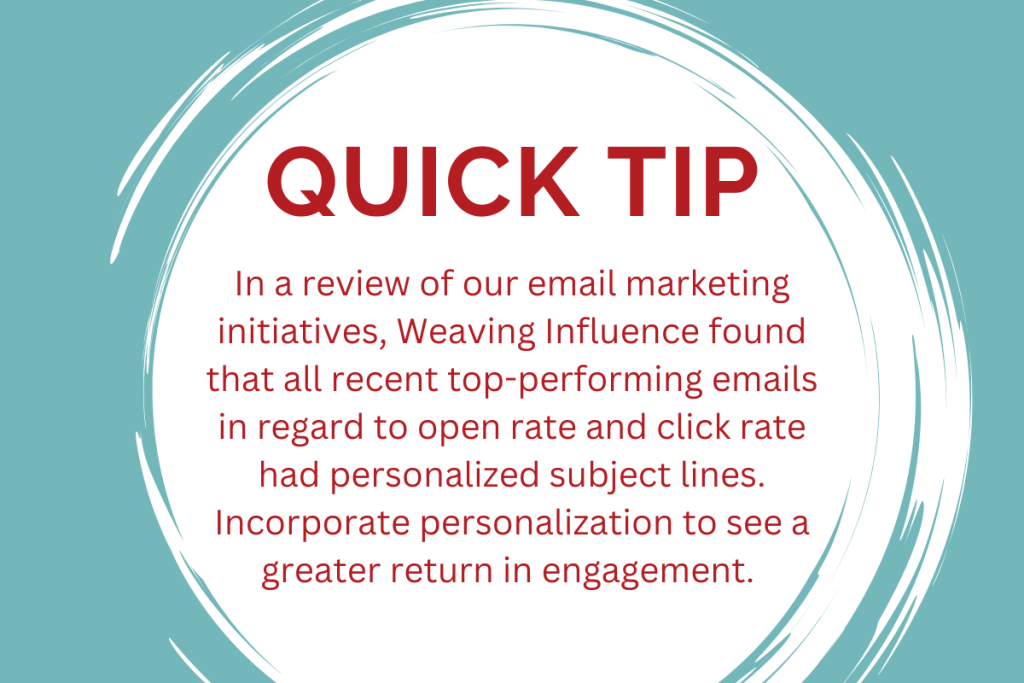
- Preview Copy: Keep this short and succinct, ideally less than 90 characters. Consider using a question or call-to-action to draw engagement.
- Messaging: In every message used in your emails, you need to be able to identify the value you’re offering your audience. While you can certainly use your email to promote a new service or book, your primary messaging should always be educational, informative, and helpful.
- Images and Videos: Include dynamic content like images and GIFs to improve engagement with your content. If you have a relevant video to share, include an embedded link to drive views of the content.
- Footer: Use a consistent footer that shares your website link and any social links. Encourage your subscribers to engage with you on other platforms, like LinkedIn. You can also share free resources in this footer, like a link to a new ebook or case study.
- Proofing: Proofreading is critical! Don’t underestimate how off-putting spelling errors or broken links can be to your audience. We recommend you have a checklist of items to review before sending, including spelling/grammar, links, and images.
Research from Litmus found that companies that use an extensive pre-send checklist saw a
substantially higher ROI (40:1) than those that don’t use a checklist (28:1).
Additionally, understanding compliance regulations is a critical component of a successful email marketing presence. To protect data privacy and subscribers, there are a number of regulations in play that need to be reviewed and adhered to. CAN-SPAM laws include a number of regulations like:
- Be honest about sender information and email contents. You cannot use deceptive subject lines.
- Offer an easily accessible way for people to unsubscribe—and honor those unsubscribes. You must honor a recipient’s opt-out request within 10 business days.
- Include your physical address. Recipients should be able to see where you are located.
You’ll also want to align with Yahoo and Google policies, which, among other parameters, state that your email spam rate must stay below 0.3% (more on how to do this in the next section).
While compliance regulations can seem overwhelming, they ultimately are focused on ensuring senders are honest, respectful, and transparent.
Once you begin sending emails, the work isn’t done, though. It’s crucial that you continue to analyze performance and refine your approach.
After years of sending our newsletter weekly, Weaving Influence completed a survey and research and identified that our subscribers prefer a bi-weekly cadence. We have since adjusted our send cadence to better meet the needs of our audience.
Analyzing and Refining
One key piece of analysis is periodically cleaning up your list to remove unsubscribed and hard bounces. Sunset any disengaged users to keep your email send list healthy. If you continue to send to disengaged users, you risk your emails getting marked by email servers as junk, which not only impacts sends to that user but can hurt your overall deliverability rate in the long term.
Additionally, you’ll want to review the performance of each email sent to see if people are opening, clicking, and replying. Your reply rate is incredibly important to track, as it shows the effectiveness of your email messaging and continues the conversation with your audience. This increases the probability of conversions and long-term retention.
In addition to monitoring the reply rate, there are a few benchmarks to keep in mind:
- Monitor your deliverability rate; 89% or higher is a healthy rate.
- The average email open rate is 36.5%.
- The average click-through rate for an email campaign is 1.4%.
While these benchmarks are helpful for tracking overall performance, we highly encourage you to benchmark performance against yourself. Are your emails continuing to see increasing or consistent open and click-through rates? Ensure that you see growth with your initiatives and take a step back to re-evaluate your approach if you see a decline.
Remember: Continue to analyze your list and your email performance. Keeping consistent track of both and adjusting your approach offers the greatest opportunity for ROI.
The Bottom Line
Email marketing is good for business. The connection you create with your audience is invaluable, helping build your brand in a way that other marketing avenues simply don’t. Helpful, personalized content is the most valuable, allowing you to have FUN with your brand. Who wouldn’t want that?
Take Action
Working with a partner like Weaving Influence can ensure you receive the strongest ROI from your email marketing. Get in touch with us today to get started!

